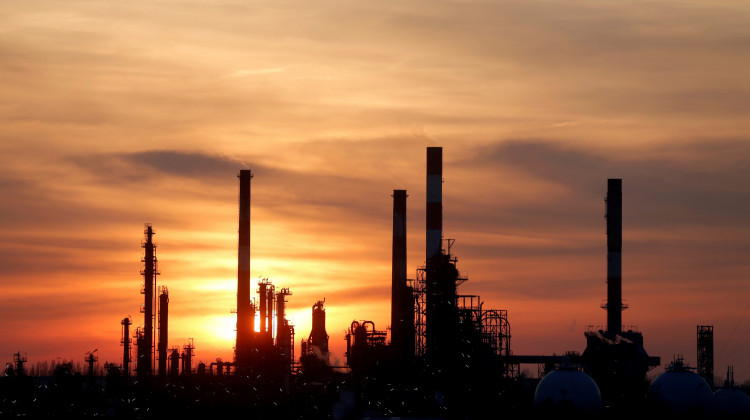Plummeting oil prices down 22% since January and a flood of crude in world markets will likely force U.S. oil producers to slash spending by up to 15% this year, said the Federal Reserve Bank of Dallas.
Downward pressure on prices and production is also being exerted by the remorseless switch to renewable energy by major energy consumers, said the Dallas Fed in a new report.
The Dallas Fed expects the oil and gas sector to cut capital spending by 10% to 15% in 2020. Dallas Fed President Rob Kaplan reported the decline in U.S. oil production growth will have a substantial impact on U.S. oil firms. Some of these companies have already announced restructurings and layoffs. Kalan expects to see more of the same this year. He predicts 2020 will be a year of consolidation and cost-cutting the beleaguered industry.
The Dallas Fed includes the Permian basin in its economic region. The Permian Basin or the West Texas Basin is a massive oil and natural gas producing region centered on the cities of Midland, Odessa, and San Angelo, all in Texas.
It's the largest petroleum-producing basin in the United States and has produced a cumulative 28.9 billion barrels of oil and 75 trillion cubic feet of gas. Nearly 2 million barrels of oil a day are being pumped from the basin.
The sheen seems to fading in the basin, however, due to overproduction and stubbornly low oil prices. Bloomberg in September 2019 claimed Permian producers are continuing to drill in an entirely unsustainable manner, thereby impeding their own growth in the long term.
The U.S. produces 13 million bpd of oil and has become a major exporter of crude and refined products like gasoline and diesel. Thanks to the Permian production, the U.S. has gone from a major importer to the biggest producer of oil in the world over the past decade.
The Dallas Fed projects U.S. oil production to grow by 700,000 barrels per day (bpd) from the fourth quarter of 2019 to Q4 2020. The forecast assumes a reduction of 700,000 barrels a day in non-OPEC production and a drop of the same level by OPEC.
Kaplan cited International Energy Agency (IEA) forecasts suggesting global oil demand will grow by one million bpd in 2020 to 102.2 million bpd in 2021. He warned the Covid-19 outbreak raging in China might douse demand. If it does, this outcome will represent a meaningful risk to demand growth since China accounts for 14% of total global consumption and 57% of consumption growth in 2019.
The Dallas Fed said the slump in oil prices and a cutback in production growth will trigger a 10% to 15% plunge in capital spending by oil firms this year. This might drive up crude prices somewhat.
As it stands today, overproduction from U.S. shale wells continues to flood the world market and drive down prices. This massive oversupply is one reason why West Texas Intermediate (WTI) crude futures are stuck in the region of $51 per barrel. This price will fall if the Covid-19 the outbreak does more damage to China. IEA forecasts the Covid-19 impact might slash demand by 400,000 bpd in the first quarter, the first drop since the Great Recession. Kaplan, however, believes the decline should reverse in the following quarters.
"In the U.S. more broadly, lower oil prices should benefit U.S. consumers by freeing up more of their disposable income for the consumption of non-oil goods and services," he wrote.





